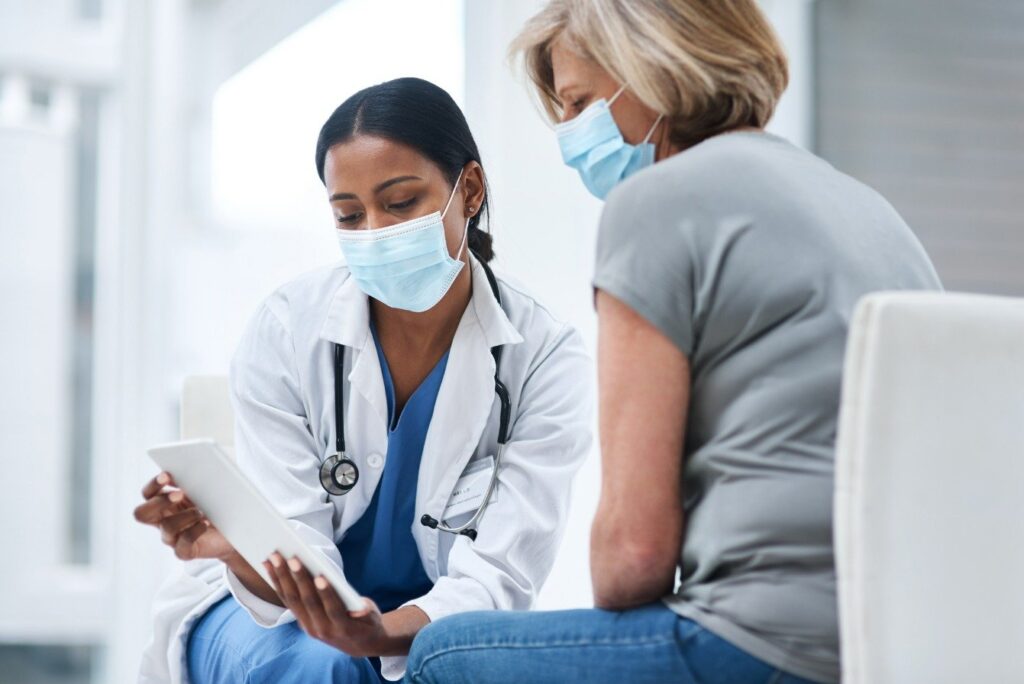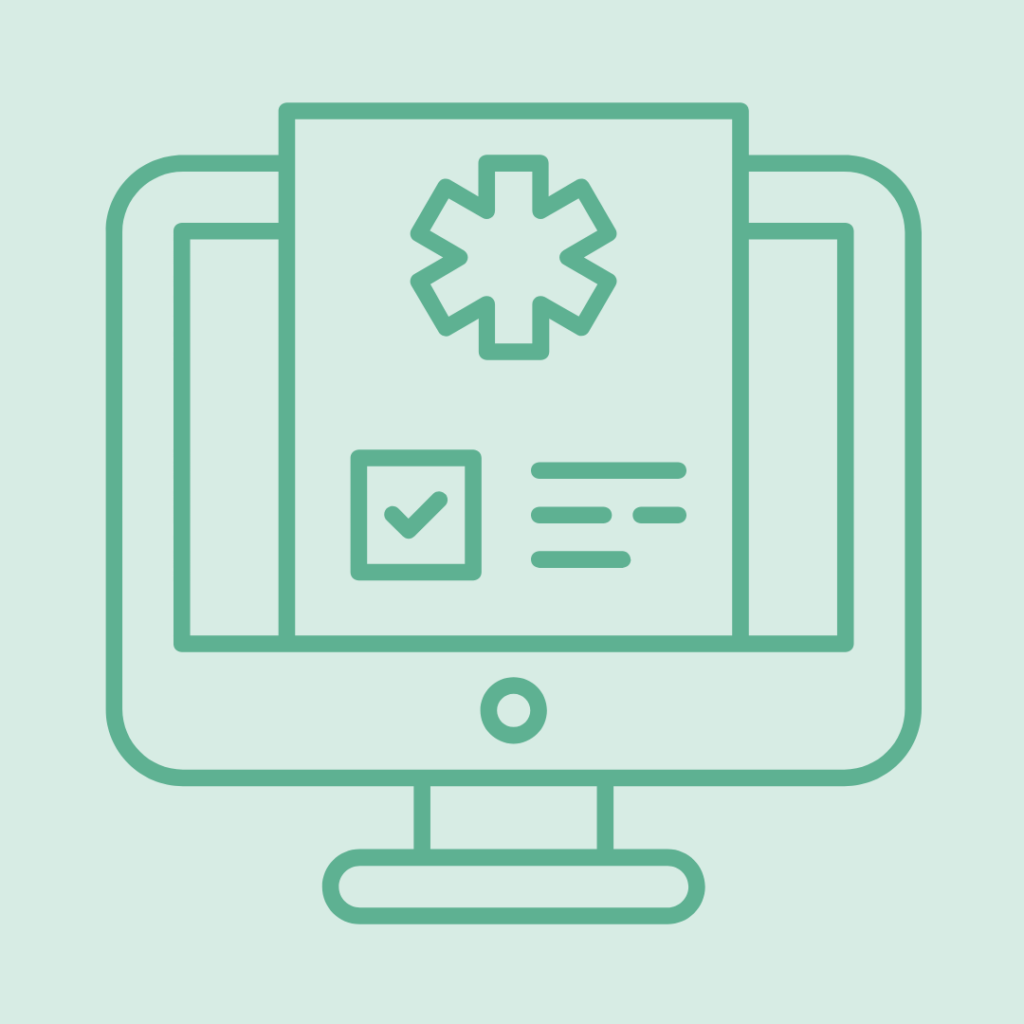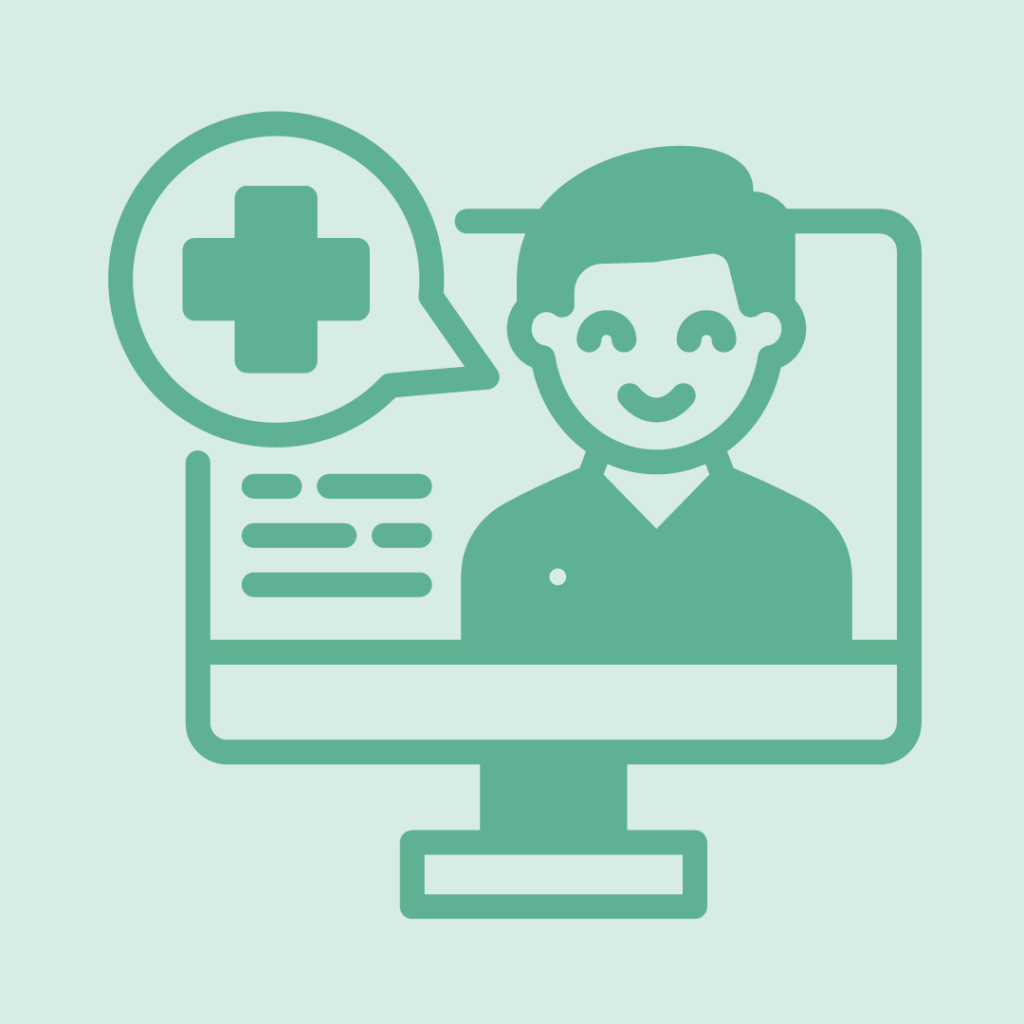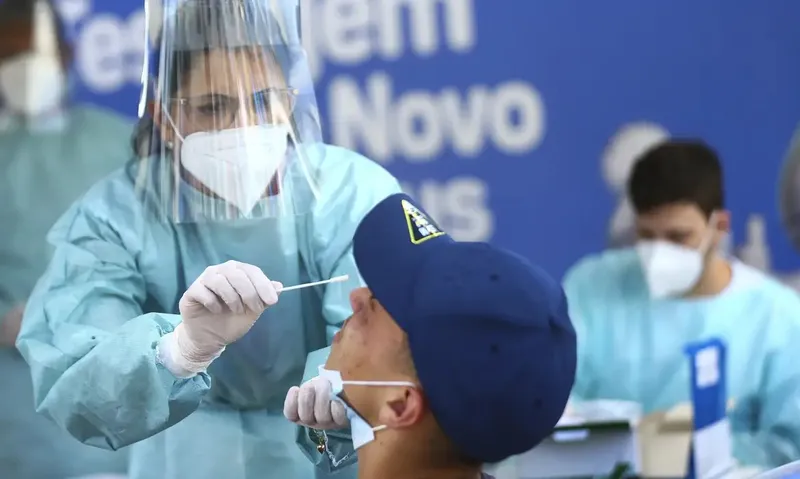COVID-19 treatment
6am - midnight, 7 days a week
Accessible from anywhere in Australia.
eScript in minutes
Medication delivery

What is the coronavirus, and what is COVID-19?
The coronavirus is a broad family of viruses that can lead to respiratory infections. COVID-19, caused by the Severe Acute Respiratory Syndrome Coronavirus 2 (SARS-CoV-2), is a new strain of coronavirus that first emerged in Wuhan, China. Symptoms of COVID-19 can vary widely, but common ones include a congested or runny nose, sneezing, sore throat, mild cough without difficulty breathing, new aches, mild headache, a low-grade fever that responds to treatment, loss of smell or taste, loss of appetite, occasional vomiting or diarrhea, or even no symptoms at all.
COVID-19 Treatment Options

Online Prescriptions
- For when your script has run out
- Script sent to your phone
- Doctor approved

Telehealth Consultations
- When you need to speak to a doctor
- Online, Video & Phone Call or Message
- Fast access to medical advice
Medical Certificates
- For when your script has run out
- Script sent to your phone
- Doctor approved

COVID-19 Symptoms
COVID-19, caused by the SARS-CoV-2 virus, can lead to a wide range of symptoms, which can vary in severity. Common symptoms include fever, cough, fatigue, body aches, loss of taste or smell, shortness of breath, and sore throat. Some individuals may also experience headaches, congestion, nausea, or diarrhea. While many people recover with mild symptoms, others may develop more severe respiratory issues, especially in older adults or those with underlying health conditions.
Dangers of COVID-19
COVID-19 can cause serious health complications, especially in individuals with weakened immune systems, elderly people, or those with pre-existing conditions such as heart disease, diabetes, or obesity. Severe cases may result in pneumonia, acute respiratory distress syndrome (ARDS), and organ failure, which can be fatal. Long-term effects, known as “long COVID,” can include persistent fatigue, brain fog, and difficulty breathing. Early detection, vaccination, and preventive measures like mask-wearing and hand hygiene are crucial in reducing the spread and minimizing the impact of COVID-19 on individuals and communities.

Need a Specialist Referral?Get Yours in a Few Simple Steps!
Skip the long clinic waits and get referred to a specialist in minutes. The process is fast, secure, and simple.
- Quick access to specialist referrals – no in-person appointments needed
- Telehealth consultations with trusted, licensed doctors
- Fast, reliable service – referrals sent directly to your chosen specialist
- Convenient and affordable healthcare from your home
- No hidden costs – just simple, upfront pricing
Frequently
Asked Questions
COVID-19 primarily spreads through respiratory droplets released when an infected person coughs, sneezes, talks, or breathes. It can also spread by touching surfaces contaminated with the virus and then touching your face. Close contact with infected individuals increases the likelihood of transmission.
Common symptoms include fever, cough, fatigue, loss of taste or smell, shortness of breath, and muscle aches. Some people may experience mild symptoms or remain asymptomatic, while others develop severe complications. Symptoms typically appear 2 to 14 days after exposure to the virus.
People at higher risk for severe illness include older adults and individuals with underlying health conditions such as heart disease, diabetes, obesity, chronic respiratory conditions, or weakened immune systems. Pregnant individuals and unvaccinated people are also more vulnerable to severe outcomes.
COVID-19 is diagnosed using a laboratory test that detects the virus’s genetic material (PCR test) or proteins (antigen test). These tests typically involve a nasal or throat swab. Rapid antigen tests provide quicker results, while PCR tests are more sensitive and accurate.
Treatment for COVID-19 depends on the severity of the illness. Mild cases are often managed with rest, hydration, and over-the-counter medications to relieve symptoms. Severe cases may require oxygen therapy, antiviral medications, or admission to intensive care units for mechanical ventilation.
COVID-19 vaccines have been shown to reduce the risk of severe illness, hospitalization, and death. They also help decrease the spread of the virus, though breakthrough infections can still occur. Vaccination remains a critical tool in controlling the pandemic and protecting public health.
Guidelines for mask use depend on local public health recommendations, the prevalence of COVID-19 in your community, and your risk factors. In high-transmission areas or crowded settings, wearing a mask can provide an extra layer of protection, especially if you are immunocompromised or in close contact with unvaccinated individuals.

